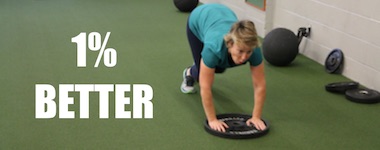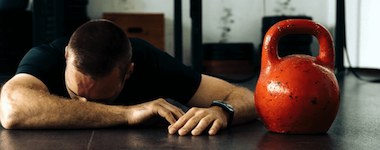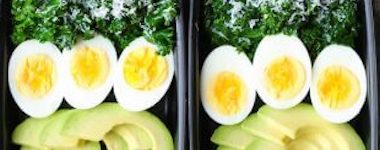So many times I sit down and speak with clients specifically about their habits. They could be good they could be not so good and ultimately holding them back from reaching their goals.
So how do you change habits?
If only I had a quick and easy solution, but it is not that easy.
The problem is there is not one formula to change habits. There are a million.
Everyone has different behaviors and patterns to their lives. Giving up tobacco vs. giving up sugary foods can be a totally different. Each habit comes with different reasons for performing each behavior.
This biggest item I have found in my research on habits is reworking the framework for understanding how habits work and a guide to experimenting with how they might change.
So what is the framework you ask?
I am going to reference a great book you should read called, The Power of Habit, Why We Do What We Do in Life and Business, by Charles Duhigg
The Framework:
-Identify the routine
-Experiment with rewards
-Isolate the cue
-Have a plan
Step One: Identify the Routine
One must identify the habit and the components that make up the cycle of the behavior. Then once you have identified the specific behavior you can establish a new routine.
So let’s say you go to some of our favorite lunch stops and they ask if you want to add a cookie for 99 cents. Do you take them up on the delicious offer or do you pass.
Say you took them up on the offer:
Why did you take them up on the offer? Was it too good of a deal to pass up? Do you like the taste? Do you save it for a treat later in the afternoon?
Step Two: Experiment with Rewards
In Step Two we need to identify a reward to satisfy our cravings. This happens in our subconscious and so we are unaware of the cravings that drive our behaviors. So try going to a different restaurant that does not offer the sweet treat or (easier said than done) say no. Or instead try replacing the sweet treat with a piece of fruit.
The point here is this just purely a habit of saying yes? Were you just hungry for a sweet? Did you just need that burst of energy that a sugary cookie will provide? (Cause an apple will do the same, LOL!)
Test several different ways around the sweet treat to see what you can do instead of purchasing it.
Think about the pleasure or satisfaction you received when you did not consume the sweet.
Was it:
Happiness
Drank an Iced Tea or coffee instead (not loaded in sugar)
Satisfaction
What is important here is to notice the feelings you had when you did not consume the sweet and what you were thinking or feeling. Really be present in this moment and reflect on why you were successful.
If you realize once you get back into your routine you don’t even think about the sweet, you have found that emotion did not drive your behavior.
If you got back to you routine and 15 minutes later you are still thinking about the cookie then we have a different behavior to address at a later time.
So by experimenting with different rewards you can isolate what you are really craving. This is essential in redesigning the habit.
Step Three: Isolate the Cue
It is sometimes hard to identify the cue because we are overloaded with so much information. When you get up in the morning do you eat breakfast because you are hungry or because it is 7am? Or is it because you took a shower and got dressed, and now the habit for breakfast kicks in?
How many times have you gotten in the car and automatically turned the direction to go to work and it is Saturday?
Psychologists identify categories of behaviors ahead of time to scrutinize in order to see patterns. There are five categories:
Location
Time
Emotional State
Other People
Immediately preceding action
Step Four: Have a Plan
Once you’ve figured out your habit loop you’ve identified the reward driving your behavior, the cue triggering it, and the routine itself, you can begin to shift the behavior.
A habit is a choice that we deliberately make at some point, and then stop thinking about, but continue doing, often every day.
When I see CUE, I will do ROUTINE in order to get a REWARD.
When you have a plan you can make the choice.
Pretty soon you will start to rethink your habits and make the choice that is best for you. This does not mean you can never order the cookie, but in essence you will make a choice because you have a plan.
I hope this has got you thinking about your habits good or bad and I want you to try this experiment. This information has all been pulled from a very powerful book that I highly recommend called:
The Power of Habit, Why We Do What We Do in Life and Business, by Charles Duhigg
It is a very interesting book with great stories. I highly recommend!
So if you are looking for help with changing your habits reach out to me today and request a Free Consultation!
Take care! Arin



Leave a Reply